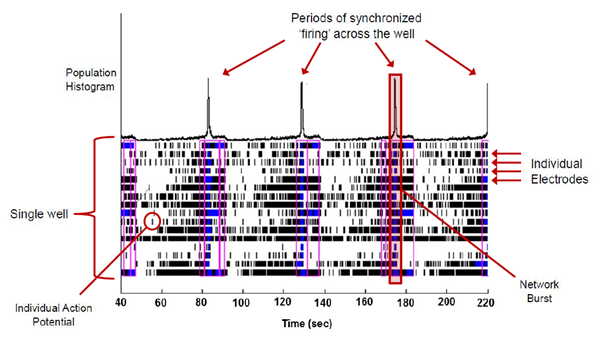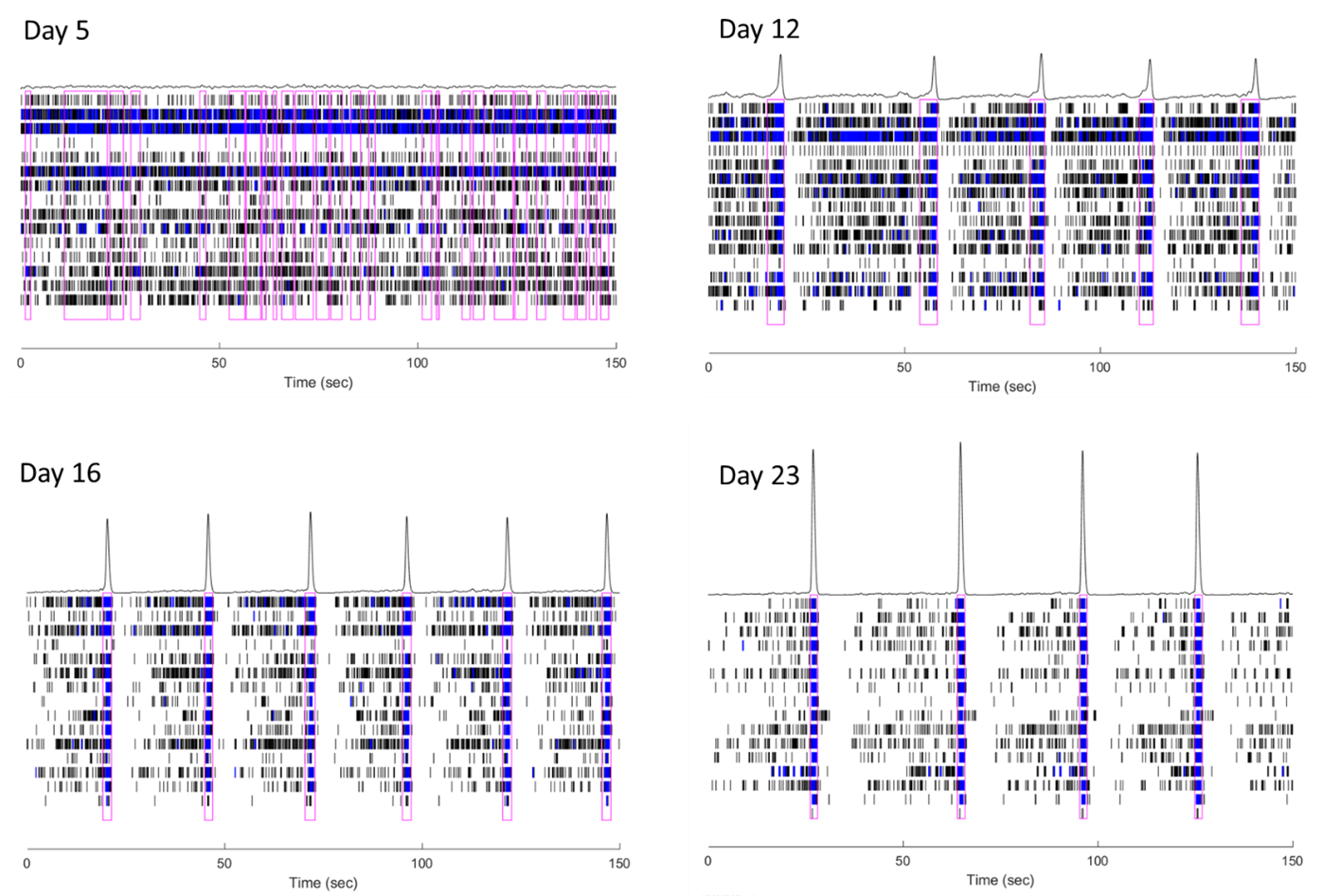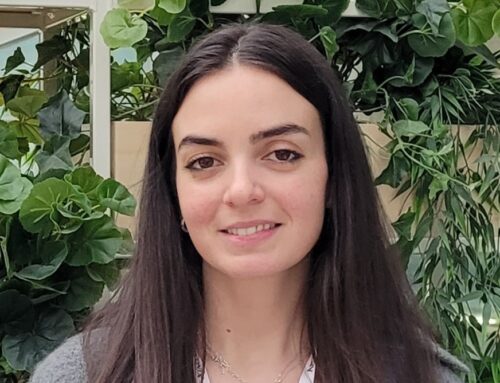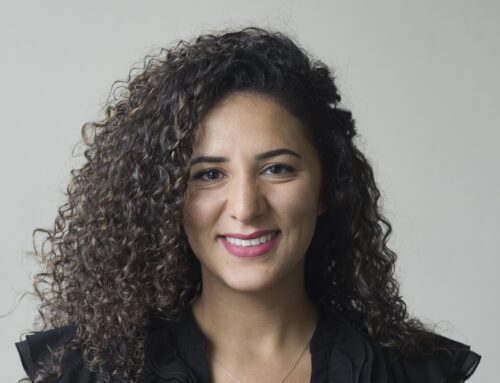ApconiX Begins Seizure Liability Research Using Axion Biosystems Maestro Edge Multielectrode Array (MEA) System
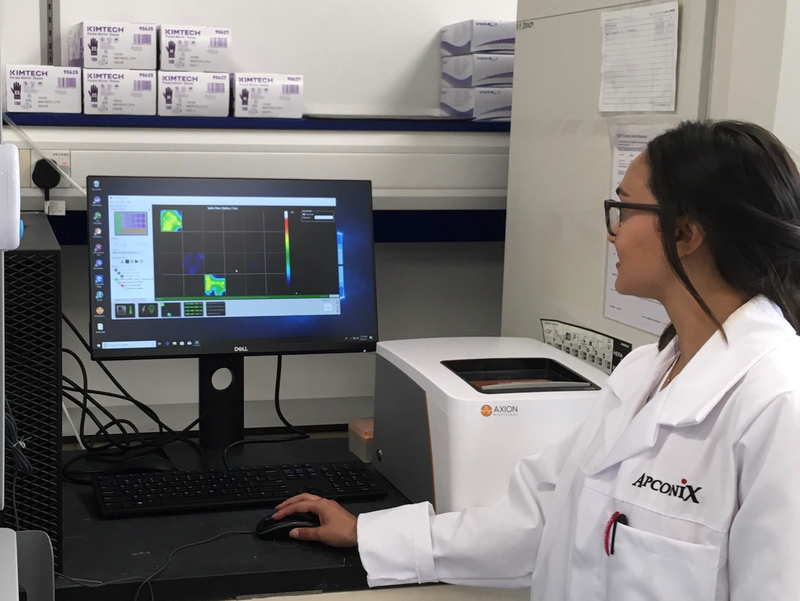
We were thrilled to welcome Katherine Czysz from FUJIFILM Cellular Dynamics to assist with seeding co-cultures of iPS-derived neuronal cells for our initial MEA study. Human glutamatergic-enriched cortical neurons derived from iPS cells (iCell GlutaNeurons) were seeded with human iPS cell-derived astrocytes (iCell Astrocytes) to create an excitatory neuronal model to investigate seizurogenic effects.
Following seeding the cells were the cultured for 25 days to allow neuronal networks to form and synchronous activity to develop. The videos below show heat maps of activity across the plate at day 5 and day 23, illustrating the development of synchronous neuronal firing!
Day 5 video
Day 23 video
Raster plots are also useful to visualize the development of synchronous activity over time in individual wells. Each MEA well contains 16 electrodes which record individual spikes, electrode bursts and network bursts. Electrode bursting signifies a cluster of spikes recorded by a single electrode, whereas network bursting is a coordinated cluster of spiking across multiple electrodes.
The raster plots below show activity across a single well at day 5, 12, 16 and 23, illustrating the development of network bursting.
At this point drugs with a known seizure risk were added to determine if seizurogenic signals could be detected. We are currently analyzing the data and we look forward to sharing the results you in our next blog!
Many thanks to Axion Biosystems and FUJIFILM Cellular Dynamics for providing support and technical advice along the way.

